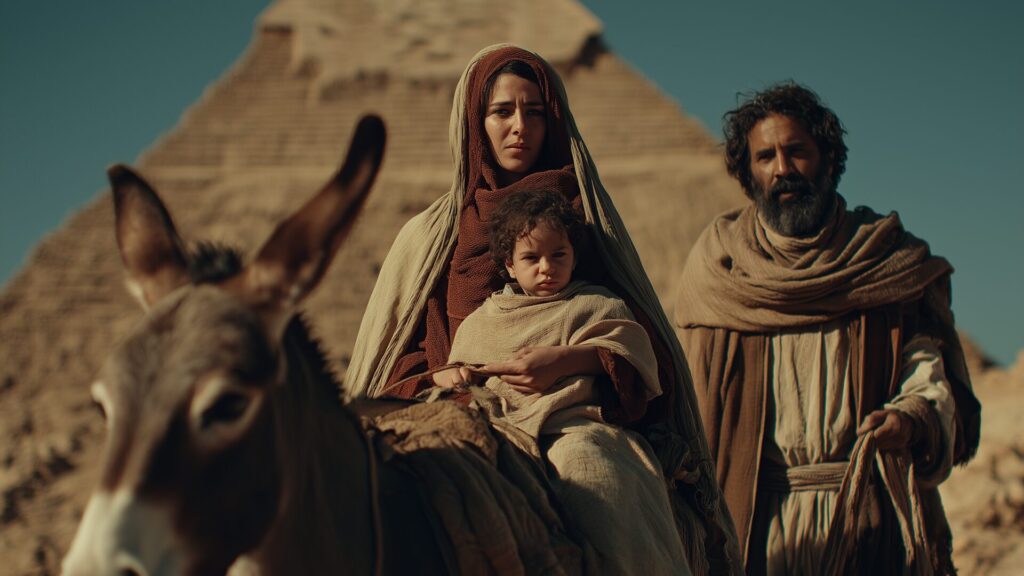In the Christmas story—as many people know it—Joseph and Mary travelled from Nazareth to Bethlehem on a donkey and because there was no room in the local motel, they stayed in the motel’s barn, just in time for Jesus to be born.
Read the Christmas story in Matthew and Luke and you will find no mention of a donkey (Matthew 1:18–2:12; Luke 1:26–2:40). Although a common form of transport at that time, a donkey is not a biblical prop in the incarnation. So if the donkey is a Christmas “myth”, perhaps there could be others.
Hospitality to family and strangers was an important value in the biblical world (Genesis 18:1-6). And it’s still an important part of the culture of the Middle East today.
In 1984 I travelled in Israel as a student—it was then that I questioned some of the other “facts” of Jesus’ birth commonly understood by Westerners. The people were so hospitable even to foreign strangers like myself. On one particular day I was offered food, drink and shelter three times. I ate the food each time as I did not want to offend these kind people.
Luke’s account of the birth of Jesus is very clear. Joseph comes to Bethlehem, the city of David, to register because he was of the line of David (Luke 2:4). He comes with his pregnant wife Mary. Joseph was thus returning to his village of origins. He was a descendant of the most respected king in the history of Israel. He had relatives in Bethlehem—even if he was unknown the village people would have opened their homes to him. In every culture pregnant women are given special attention. To turn away a descendant of David with a pregnant wife would have brought incredible shame on the whole village.
Luke is also clear that “while they were there, the time came for her to give birth” (Luke 2:6 ESV). There was no panic at the birth of Jesus. Joseph and Mary had settled and were probably surrounded by supportive relatives. But verse 7 does mention a manger and an inn—how is this to be understood? [pullquote]
The typical Palestinian house at that time had one major family room where the entire family cooked, ate, slept and lived. Attached to the house was a stable where the family cow or a few sheep slept. The animals added warmth to the house in winter.
In some village houses in Papua New Guinea today, animals live together with people in the one main room. And for centuries in Europe a stable was attached to the standard village house for warmth. In the house were mangers containing hay for the animals. There were holes in the wall between the stable and the house through which the animals could eat.
There is no doubt that when Jesus was born He was put in a manger in a house (Luke 2:7,12,16). The shepherds and wise men came and saw Jesus in a house (Matthew 2:11). The word translated “inn” in Luke 2:7, katalyma, is translated “guest room” in Luke 22:11. The word that Luke uses for a commercial inn in the story of the Good Samaritan is a completely different word: pandocheion (Luke 10:25-37). The katalyma is a guest room that is attached to the house (either above or beside it—2 Kings 4:10). It would appear that the guest room was full, so Joseph’s relatives invited him and Mary into the main family room and when Jesus was born He was placed in a manger.
Jesus, the King of the Universe, was born into an average family in an average house, which showed incredible hospitality. He was honoured by lowly shepherds and foreign dignitaries.
How will you honour Jesus this Christmas? Could the showing of hospitality to those who need it be the best gift?





